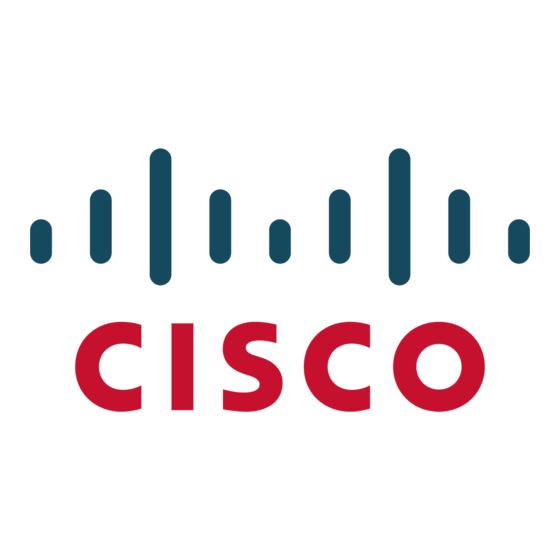Chapter 1
Product Overview
•
•
•
•
•
Call Options
•
•
•
•
Routing and Proxy Features
•
•
OL-2206-01
Direct number dialing—Allows users to initiate or receive a call using a standard E.164 number
format in a local, national, or international format.
Direct URL dialing—Provides the ability to place a call using an e-mail address instead of a phone
number.
Caller ID blocking—Allows the user to instruct the system to block phone number or e-mail address
from phones that have caller identification capabilities.
Anonymous call blocking—Allows the user to instruct the system to block any calls for which the
identification is blocked.
Three-way conferencing—Supports one phone conferencing with two other phones by providing
mixing on the initiating phone. To set up a three-way conference call, see the "Making Conference
Calls" section in chapter 3 of the
Call forward (network)—Allows the Cisco SIP IP phone user to request forwarding service from the
network (via a third-party tool that enables this feature to be configured). When a call is placed to
the user's phone, it is redirected to the appropriate forward destination by the SIP proxy server.
Call hold—Allows the Cisco SIP IP phone user (user A) to place a call (from user B) on hold. When
user A places user B on hold, the two-way RTP voice path between user A and user B is temporarily
disconnected, but the call session is still connected. When user A takes user B off hold, the two-way
RTP voice path is reestablished.
Call transfer—Allows the Cisco SIP IP phone user (user A) to transfer a call from one user (user B)
to another user (user C). User A places user B on hold and calls user C. If user C accepts the transfer,
a session is established between user B and user C and the session between user A and user B is
terminated.
Three-way calling—Allows a "bridged" three-way call. When a three-way call is established, the
Cisco SIP IP phone through which the call is established acts as a bridge, mixing the audio media
for the other parties.
User-defined proxy routing
The Route attribute of the template tag in the dial-plan template file can be used to indicate which
proxy (default, emergency, FQDN) that the call should be initially routed to. For example, to
configure an emergency proxy, specify value of the Route attribute as "emergency."
Backup SIP proxy
When the primary proxy does not respond to the INVITE message sent by the Cisco SIP IP Phone
after the configured number of retries, the Cisco SIP IP Phone sends the INVITE to the backup
proxy. This is independent from the proxy defined in the Route attribute in the dial-plan template
used.
The Cisco SIP IP phone does not have to register with the backup proxy. All interactions with the
backup proxy, such as authentication challenges, are treated the same as the interactions with the
primary proxy.
The backup proxy is used only with new INVITE messages. Once the backup proxy is used, it is
active for the duration of the call.
Cisco IP Phone Models 7960 and 7940 User
Cisco SIP IP Phone Administrator Guide Version 3.0
What Is the Cisco SIP IP Phone?
Guide.
1-7

